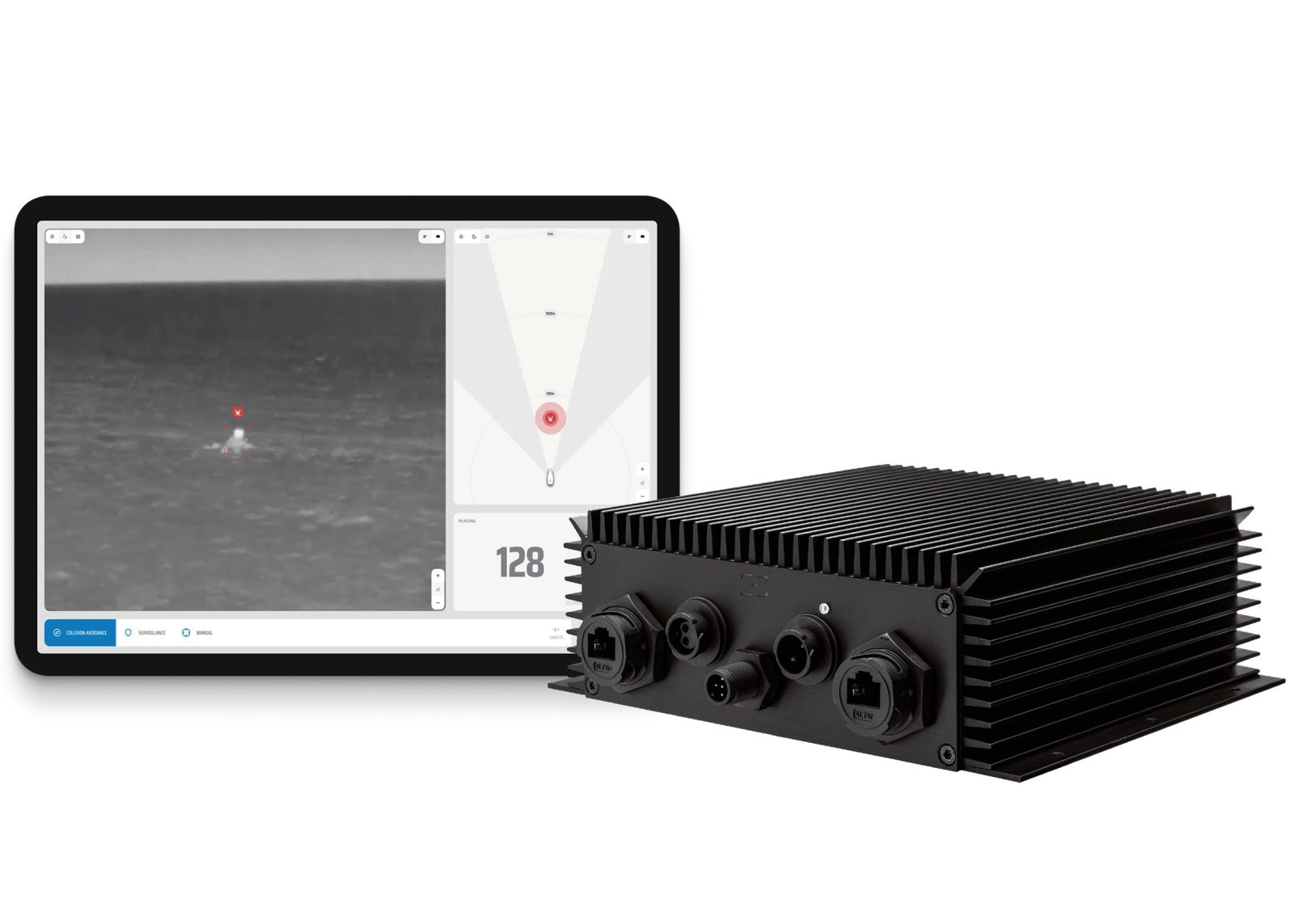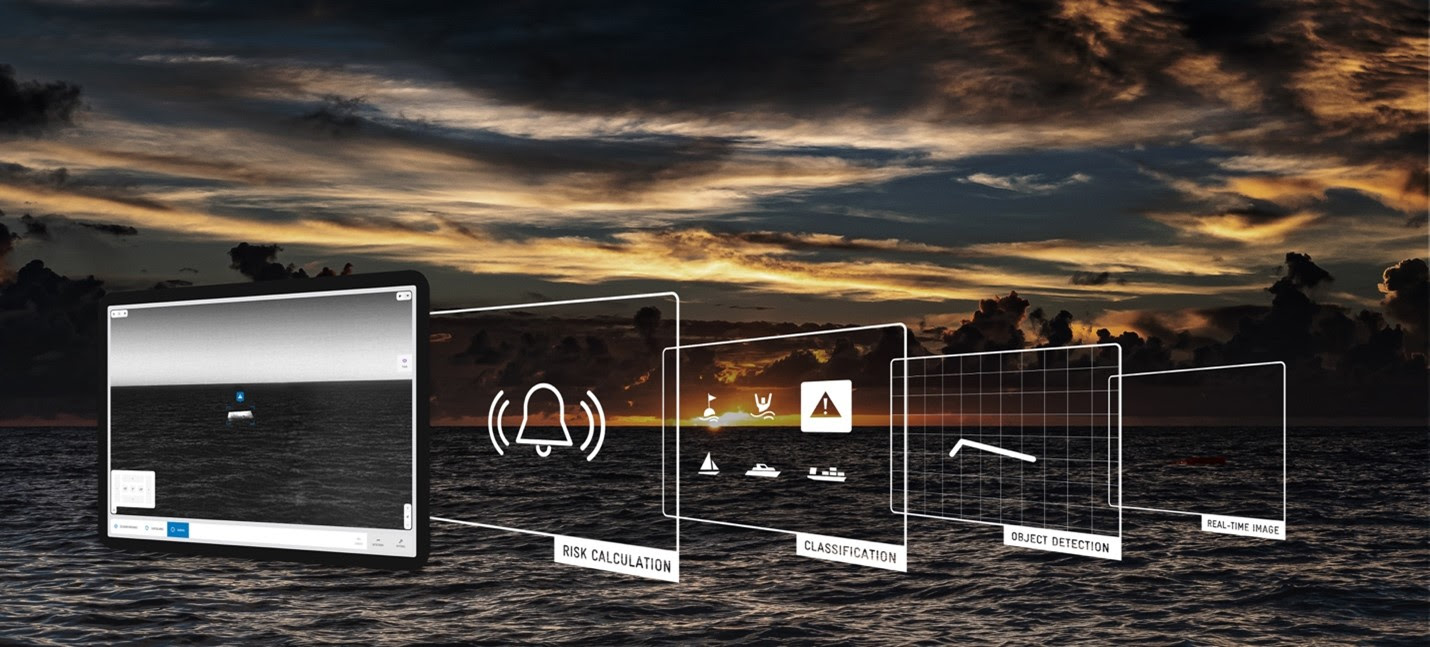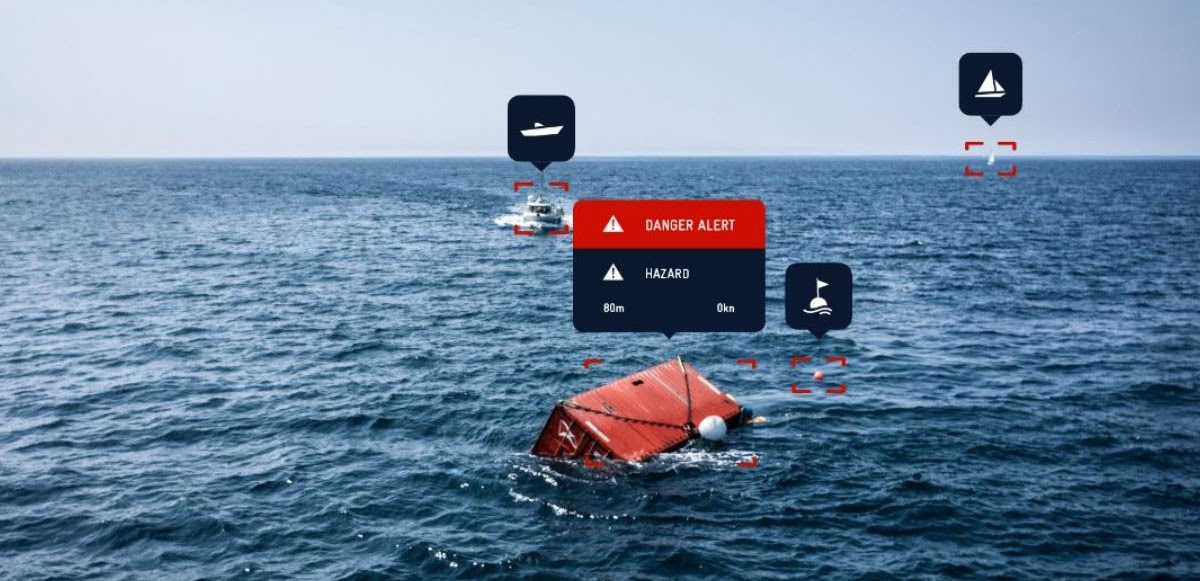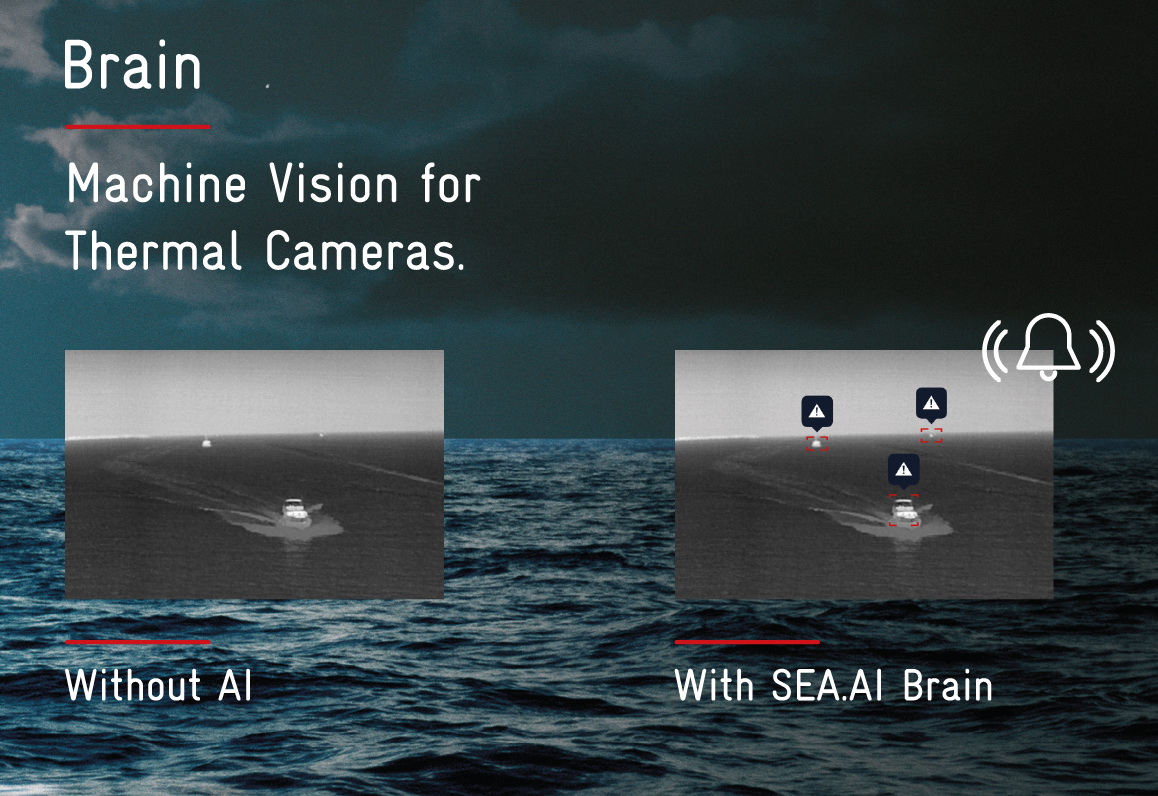Maritime machine vision pioneer SEA.AI to unveil its new product ‘Brain’ at FLIBS 2024

Since its launch in 2018, SEA.AI has developed a product line that combines the very latest in machine vision and artificial intelligence technology to provide a vital missing piece in the electronic safety and anti-collision arsenal for vessels of all sizes.
SEA.AI fills a significant gap in a vessel’s collision avoidance equipment. At present AIS can track and identify many vessels, superimposing this data over an electronic chart that in turn indicates land, depth contours, fixed navigation marks, obstructions, etc. Meanwhile radar can display unidentified targets strongly, weakly or not at all depending upon their range and radar signature as well as the quality of the receiving radar equipment and how well it is set up. But there remain many other items on the high seas that neither AIS nor radar pick up. These include vessels not fitted with AIS or with a poor radar signature, larger flotsam, and large sealife basking on the surface as well as human beings in the water.

SEA.AI is able to spot these which it achieves by analyzing each pixel of the video feed from onboard cameras. Using AI, images from SEA.AI camera models are then compared in real time with our giant and ever-growing database of objects to determine whether or not an object seen by the cameras represents a threat. The equipment works round the clock in both daylight, twilight and at night time and is trained to recognize potential collision threats regardless of visibility or the size of the sea-state.

The latest offering from SEA.AI is the Brain, an innovative product designed to enhance existing thermal camera systems, transforming them into intelligent, automated detection tools. This is designed for those vessels already fitted with commonly used ONVIF-S compatible thermal cameras, such as FLIR. Manual monitoring of thermal cameras can lead to missed detections; with its leading maritime vision algorithms, SEA.AI Brain automates object detection and tracking, ensuring real-time alerts for even the smallest hazards, such as lobster buoy. The Brain makes machine vision technology more accessible and affordable, allowing vessels to seamlessly upgrade their existing cameras without the burden of complex installations or high expense.
With the introduction of ‘Brain,’ we are steering a major evolution in maritime safety technology. Backed by six years of pioneering machine vision in the maritime sector, SEA.AI continues to lead the market with innovative solutions. This product allows vessels of all kinds to access the power of our proven technology without requiring significant upgrades to existing systems. By making machine vision more accessible, we’re accelerating its adoption across the globe — Marcus Warrelmann, CEO of SEA.AI.

As machine vision technology is already a standard in the automotive industry, SEA.AI’s Brain is set to accelerate the integration of AI-driven vision systems in maritime applications, bringing a new level of safety and security at sea.
SEA.AI has a strong international dealer network, with key locations in Miami, Fort Lauderdale, and West Palm Beach, along with coverage from Florida to Halifax, Nova Scotia, on the east coast, and from Los Angeles to Vancouver on the west coast . The network also includes Tampa, Massachusetts, Rhode Island, and Connecticut.
At the Fort Lauderdale International Boat Show, SEA.AI’s machine vision technology will be showcased with demonstrations in the USSA Pavilion Tent on Booth #852 from October 30 to November 3, 2024.
Panbo publishes select press releases as a service to readers and the marine electronics industry. The release contents do not reflect the opinion of the editors and are not fact checked by the editors













Interesting that this is the second AI camera augmentation system released this year called “Brain”:
https://panbo.com/lookout-launches-advanced-ai-technology-for-augmented-marine-navigation/
While these and other recent developments like Tocaro Blue — https://tocaroblue.com/ — are premium add-ons now, I suspect that using serious computational power to detect what’s truly important in the overload of data flowing to modern helm electronics will become more accessible, rapidly I hope.
Looks rather cool. Love how the strong international presence indicated by east coast USA locations . Still very interesting
Moose, sorry if you feel a bit neglected down there on the other side of the planet, but I think that the North American recreational marine market is larger than the total of all other continents 😉
Also, today I learned that there is at least one other new marine electronics product with “Brain” and “AI” in the name:
https://www.damedesignawards.com/nominees/part-2#navigation-communication
Oh it’s okay. Still plenty of love :)!
Side note. If anyone has a contact for sea.ai id love to get in touch 🙂
Have we seen any comparison of Lookout and Sea.AI? I have two customers interested in such a sytem but we have no experience to draw on (yet.) I’d love to hear of any comparison reviews or even just a spec sheet comparison.